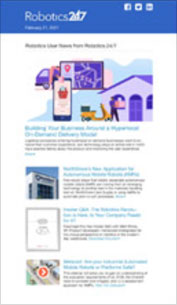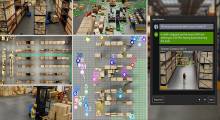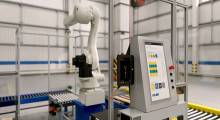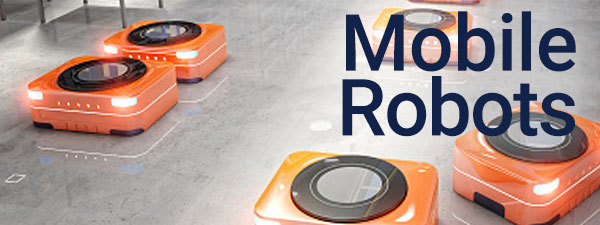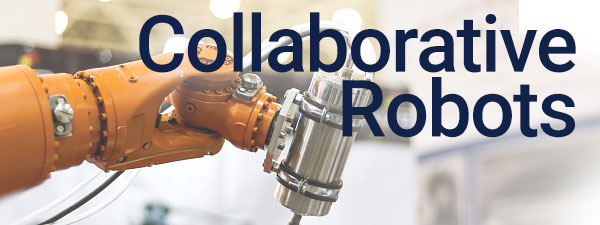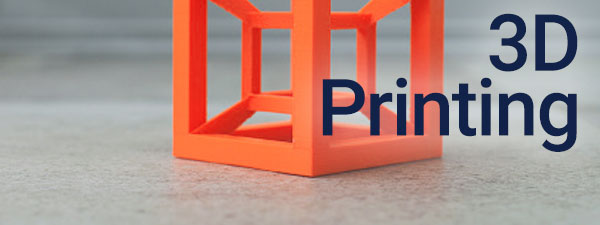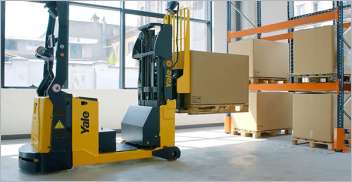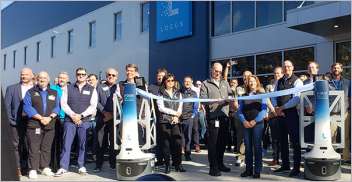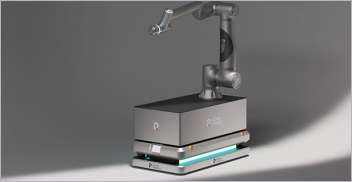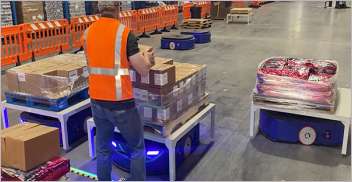At COMPUTEX in Taiwan, NVIDIA announced that major Taiwanese electronics makers are using the company’s technologies to transform their factories into more autonomous facilities with a new reference workflow. The workflow combines NVIDIA Metropolis vision AI, NVIDIA Omniverse physically based rendering and simulation and NVIDIA Isaac AI robot development and deployment.
By using the workflow to build digital twins for real-time simulation of different factory layouts, manufacturers can optimize space, processes and efficiency without costly physical changes.
The news came from NVIDIA founder and CEO Jensen Huang’s keynote demo at COMPUTEX 2024.
Electronics manufacturers adopt NVIDIA technology to build robotic facilities
Delta Electronics, Foxconn, Pegatron and Wistron are using the reference workflow to build, simulate and operate their robotics-enhanced facilities.
In a COMPUTEX keynote demo, NVIDIA founder and CEO Jensen Huang demonstrated how Foxconn, one of the world’s largest electronics manufacturers, develops digital twins of its factories on NVIDIA Omniverse, a platform for virtually integrating 3D data from leading industry tools such as Teamcenter from the Siemens Xcelerator platform.
“AI for manufacturing is here,” said Deepu Talla, vice president of robotics and edge computing at NVIDIA. “Every factory is becoming more and more autonomous due to the transformational impact of generative AI and digital twin technologies. With NVIDIA Omniverse, Metropolis and Isaac, the industrial ecosystem can accelerate its adoption of autonomous technologies, helping advance operational efficiencies and lower costs.”
Omniverse helps Foxconn’s teams optimize equipment layout for operational flow and AI cameras that will monitor worker safety with NVIDIA Metropolis. Foxconn can then use the factory digital twins as virtual training environments to simulate, test and validate its autonomous mobile robots (AMRs) built on NVIDIA Isaac Perceptor acceleration libraries, as well as its AI robot manipulation arms, which are powered by NVIDIA Isaac Manipulator AI models.

Foxconn virtual factory. Source: NVIDIA
“AI and robotics are poised to revolutionize manufacturing, enhancing safety on factory floors and driving significant operational efficiencies,” said Young Liu, CEO and chairman of Foxconn. “By integrating NVIDIA Omniverse, Metropolis and Isaac into our operations, we can create sophisticated digital twins of our factories to train robots, optimizing workflows with unprecedented precision and reducing costs.”
Delta Electronics, a manufacturing company in electronics and IoT-based smart green solutions, is using NVIDIA Isaac Sim, an extensible robotics simulation platform developed on Omniverse and OpenUSD, an open and extensible ecosystem for 3D worlds, to virtually integrate its demo production lines. It then generates physically accurate, photorealistic synthetic data for training computer vision models for its NVIDIA Metropolis-powered automatic optical inspection (AOI) and defect detection offerings.
Pegatron, a Taiwan-based manufacturer and service provider, is deploying an NVIDIA Metropolis multi-camera workflow and launching a new suite of services that connects its NVIDIA Omniverse and Metropolis factory digital twin workflow to NVIDIA NeMo and NVIDIA NIM to help factory operators “chat” in real time. The technological advances will help improve worker safety and productivity in Pegatron’s massive factory network that spans over 21 million square feet and produces over 15 million assemblies per month.
Wistron, a global organization in electronics manufacturing, has built digital twins of its factories to accelerate the production of NVIDIA DGX and NVIDIA HGX servers. Now, it is extending its use of Omniverse to develop digital twins of the data centers that are used to test and ensure the quality, performance and energy consumption of newly assembled NVIDIA HGX systems.
Using NVIDIA Omniverse to simulate its facility and workflows first, Wistron brought its factory online in half the typical time - just two and a half months instead of five - and increased worker efficiency by more than 50% through testing and optimizing layouts.
“The combination of NVIDIA Omniverse and NVIDIA Metropolis allows us to test new layouts virtually to identify new processes and monitor real-time operations using live IoT data from every machine on the production line,” said Alec Lai, president of global manufacturing at Wistron. “Digitalizing our factory planning process has reduced end-to- end cycle times by 50%.”
Want to learn more about machine vision? This article was featured in the August 2024 Robotics 24/7 Special Focus Issue titled “Machine vision to increase robot precision.”
Article topics
Email Sign Up
